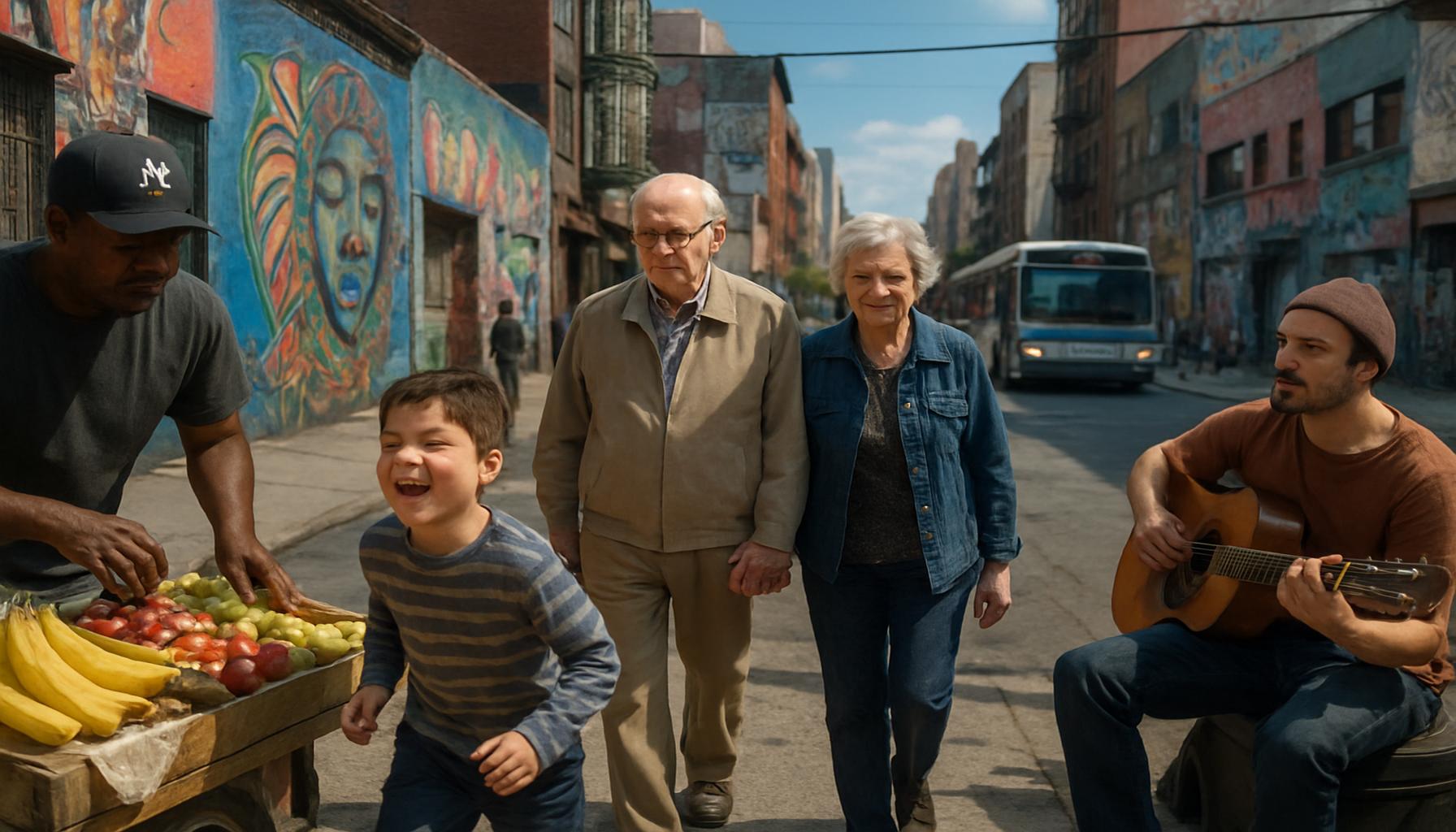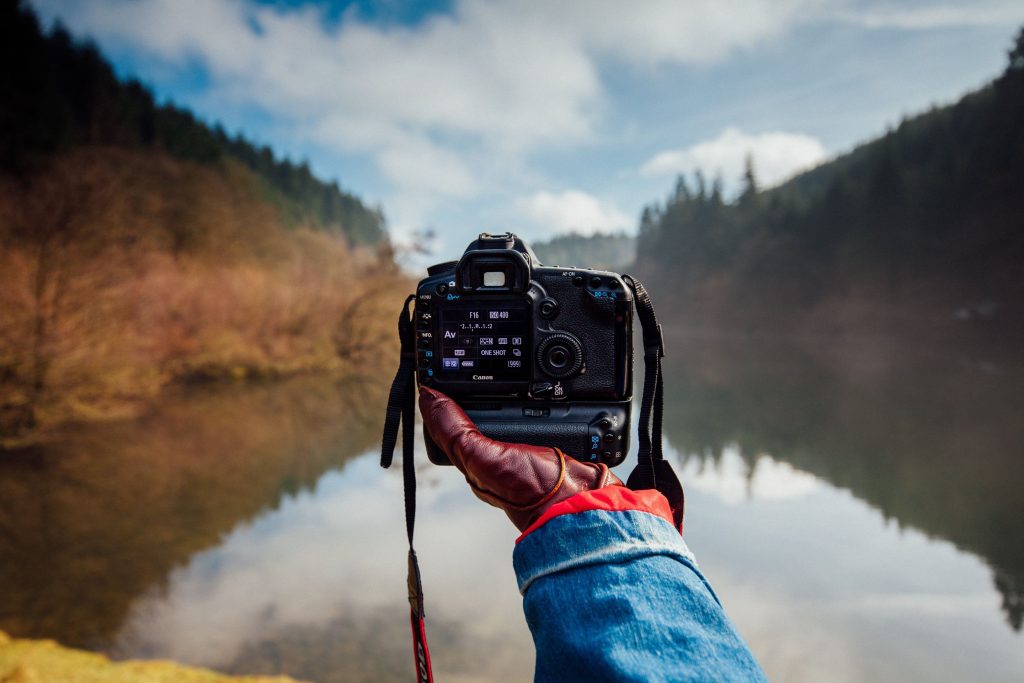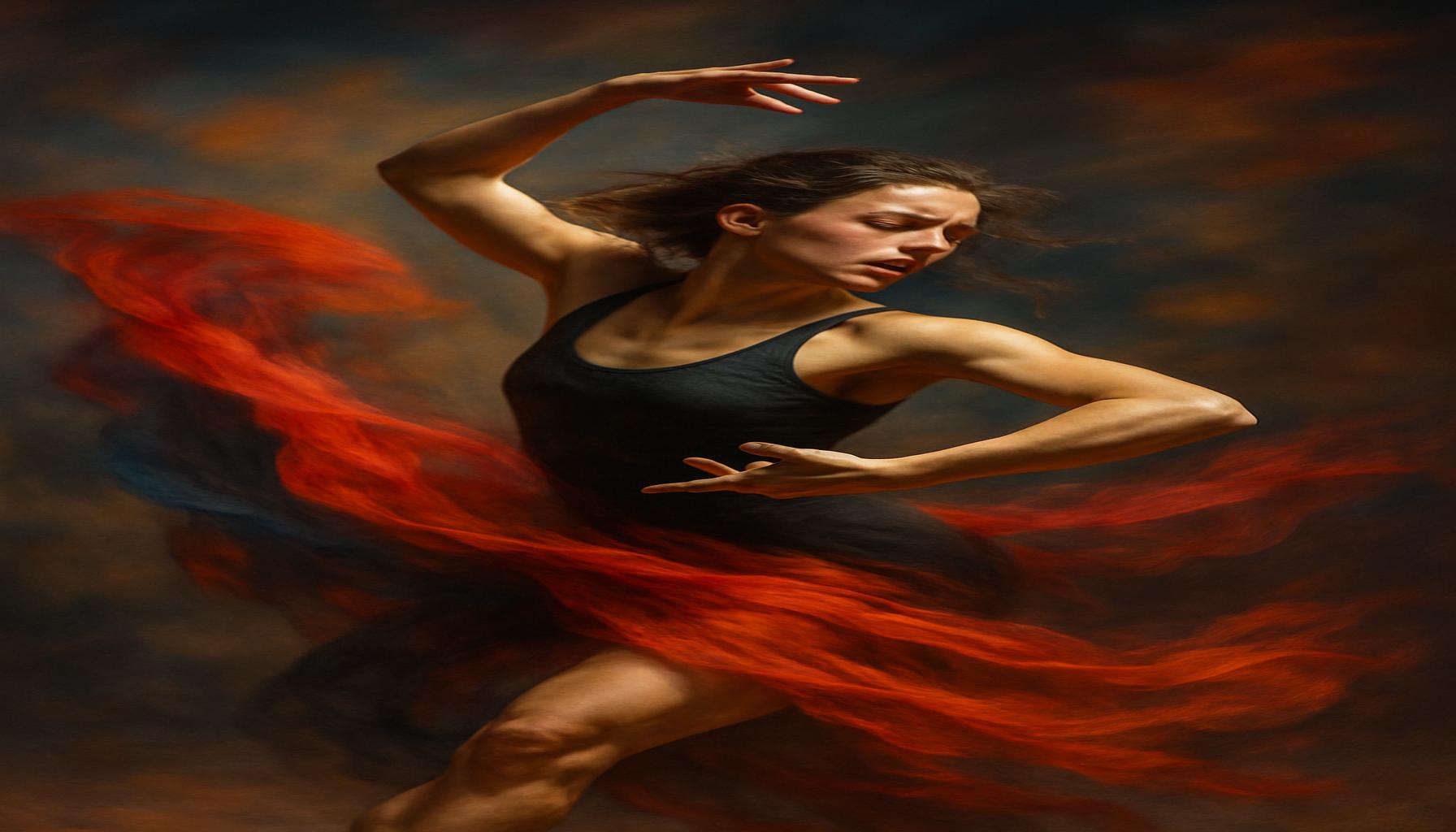Street Photography Techniques: Capturing Everyday Life in Striking Images

The Art of Capturing Everyday Life
Street photography serves as a fascinating medium for capturing the essence of humanity in its most raw form. Photographers wandering through city neighborhoods or rural towns act as visual storytellers, freezing moments in time that often go unnoticed. Every click of the shutter reveals a fragment of life, ranging from the mundane to the extraordinary. Dynamic street scenes, candid interactions, and spontaneous events come together to create a tapestry rich with emotion and narrative.
One of the foundational elements in street photography is composition. This involves arranging the subjects within the frame to guide the viewer’s eye and create a focal point. For instance, consider the work of Henri Cartier-Bresson, who often employed the “decisive moment” technique, composing his images with careful attention to leading lines and the rule of thirds to enhance visual engagement. Utilizing foreground elements can also add depth, drawing the viewer into the scene.
Finding the Right Moment
Timing is equally crucial in street photography. Photographers must develop an instinct for recognizing fleeting moments that encapsulate the vibrancy of life. For example, an inquisitive child joyfully playing in a puddle or two friends sharing a heartfelt joke can become timeless images when captured at the right moment. These instances often require patience and anticipation, as the perfect shot can appear in a split second.
Harnessing Natural Light
The role of lighting in photography cannot be overstated, and street photography thrives on the use of natural light to evoke mood and enhance storytelling. The golden hour, shortly after sunrise or before sunset, offers soft, diffused light that can transform an ordinary scene into a magical one. Conversely, capturing scenes under harsh midday sun can produce striking shadows and contrasts, giving the images a more dramatic feel. Experimenting with different lighting conditions can lead to unique interpretations of the same scene.
Engaging with Your Subjects
Lastly, the subjects of street photography deserve careful consideration. Focusing on human expressions and interactions can create powerful, relatable narratives. A photograph of a barista’s smile while serving coffee or a couple’s tender moment on a park bench speaks volumes about the shared experiences of humanity. Engaging with people in the environment can lead to more authentic captures, adding another layer to the storytelling process.

The streets offer an endless array of stories waiting to be told through your lens. By incorporating these techniques into your practice, you can elevate your street photography from mere observation to a compelling narrative art form. As we continue to explore each technique in more detail, we encourage you to take your camera into the world and immerse yourself in the stories that unfold around you. Whether you aim to document life in busy New York City streets or serene neighborhoods in America’s heartland, the world of street photography beckons.
DISCOVER MORE: Click here to dive deeper
Mastering Composition in Urban Landscapes
In street photography, composition acts as the backbone of a compelling image. It is through strategic arrangement of elements that photographers can convey emotion, tell stories, and evoke a response from viewers. Understanding how to frame a photograph is critical, and employing various techniques can significantly enhance the impact of your work.
Begin by considering the rule of thirds, a foundational principle in photography. This technique involves dividing the frame into a grid of nine equal segments, positioning key elements at the intersections or along the lines. By doing so, you create a sense of balance and harmony within the image. For example, capturing a street performer off to one side while allowing the bustling crowd to fill the rest of the frame can draw viewers into the scene and invite them to explore the nuances of the moment.
In addition to the rule of thirds, leading lines are a powerful compositional tool in street photography. Roads, sidewalks, and architectural features can all serve as guides, drawing the viewer’s attention toward a subject or a vanishing point. These lines add depth and perspective, making the image more engaging. A carefully composed shot of a long alleyway leading up to a vibrant mural, for instance, not only showcases the vibrancy of street art but also invites exploration into the environment beyond the lens.
Emphasizing Context and Environment
Context plays a crucial role in storytelling through photography. The background can provide essential information about the subjects and enrich the narrative. Including significant background details enhances the viewer’s understanding of the scene. For instance, capturing a group of friends laughing over coffee on a bustling New York City street brings the viewer into that moment, while the iconic skyline in the background offers context about the setting.
Additionally, using foreground elements introduces layers and depth to your images. By incorporating objects in the foreground—be it a pedestrian walking by or a flower vendor’s cart—you can add visual interest and enhance the storytelling aspect of the photograph. This technique not only engages the viewer but also creates a sense of immersion within the scene.
Dynamic Angles and Perspectives
Experimenting with angles is essential to elevating your street photography. Instead of defaulting to eye-level shots, try varying your position. Crouching down or capturing from above can yield entirely different perspectives that reveal hidden details or alter the viewer’s perception of a scene. For example, shooting from a lower angle can highlight the grandeur of tall buildings against a vibrant sky, while a bird’s eye view of a street festival can encapsulate the energized chaos of the event.
Consider these composition techniques when you venture out with your camera. Becoming adept at framing every scene you encounter can transform your street photography from simple snapshots into powerful visual stories that resonate with viewers. Allow your unique perspective to shine through as you explore the myriad possibilities that the streets hold. Your engagement with the environment and understanding of composition will guide you in capturing striking images that immortalize the essence of everyday life.
Exploring Street Photography Techniques
Street photography is more than just capturing images of people on the street; it’s about documenting the human experience. The techniques utilized in this genre of photography can transform mundane scenes into striking works of art. Here are some essential techniques to elevate your street photography experience, ensuring that you not only capture moments but also tell compelling stories through your images.
1. Embrace Natural Light
Natural light is your best friend in street photography. The golden hour, just after sunrise or before sunset, provides a soft, warm glow that enhances the mood of your images. Strong contrasts and vibrant colors often emerge during these times, allowing you to capture the essence of everyday life in a stunning manner. Utilizing shadows and highlights effectively can also add depth to your photographs.
2. Capture Candid Moments
One of the key elements of street photography is authenticity. Candid shots tell genuine stories and evoke emotions. Instead of forcing subjects to pose, focus on the moments that unfold naturally around you. This requires patience and keen observation. Keep your camera ready and maintain a low profile to capture spontaneous interactions, reactions, and fleeting moments that encapsulate daily life.
3. Utilize Composition Techniques
Strong composition is essential to creating captivating street photographs. Techniques such as the rule of thirds—dividing your image into nine equal parts and placing focal points along these lines—can guide the viewer’s eye through the picture. Experiment with leading lines, framing, and symmetry to direct attention and create balance within your shots. Don’t hesitate to capture unique angles and perspectives to add visual interest.
4. Tell a Story
Every photograph should convey a narrative. Look for elements that create context and enrich the story behind the image. Whether it’s the juxtaposition of architecture and people, or an interaction between strangers, ensure your image communicates a powerful message. Adding depth through context is a crucial aspect of street photography that connects the viewer to the scene.
5. Be Aware of Your Surroundings
As a street photographer, being aware of your environment is vital. This includes understanding the dynamics of a location, identifying potential subjects, and predicting moments before they happen. Cultivating this awareness allows you to seize unique opportunities and capture powerful images that might have otherwise been missed.To further explore these techniques, consider joining local street photography groups or participating in workshops, where you can learn from experienced photographers and exchange advice. Engaging with a community fuels creativity and can inspire you to push your artistic boundaries.
| Technique | Description |
|---|---|
| Natural Light | Utilizes ambient light for warm tones and shadows. |
| Candid Shots | Focuses on authentic moments without posing subjects. |
| Composition | Employs techniques like rule of thirds to enhance visuals. |
| Storytelling | Creates a narrative within each photograph. |
| Awareness | Maintains vigilance to capture fleeting moments. |
As you delve deeper into the world of street photography, remember that each image is an opportunity to share a piece of life. Experimenting with these techniques will not only enhance your skills but will also transform how you perceive the world around you.
DISCOVER MORE: Click here to dive into DIY crafting and sustainability
Capturing Emotion and Humanity in Street Photography
At the heart of street photography lies the delicate balance between capturing the human experience and presenting it in a visually compelling way. One of the most effective techniques in achieving this is to focus on the emotion that can be evoked through powerful subject selection. Each photograph tells a story, and recognizing the moments of genuine human connection can enhance the viewer’s emotional response.
The art of candid photography thrives on spontaneity. Rather than staging your subjects or asking them to pose, the key lies in capturing moments as they naturally unfold. A child laughing joyfully while playing on a city street or an elderly couple sharing a quiet moment on a park bench speaks volumes more than many staged portraits. Utilize your camera’s ability to perform swiftly, often using a slightly larger aperture to create a crisp focus on your primary subject while allowing the background to blur. This technique draws attention to the emotion being conveyed.
Incorporating Light and Shadow
Light is an essential element in street photography that can greatly influence the mood of your images. The unique interplay of light and shadow adds drama and depth, enhancing the overall aesthetic quality of photographs. Golden hour, shortly after sunrise or before sunset, offers warm and soft lighting that can transform an ordinary street scene into an enchanting view.
Experimenting with shadows can also yield captivating results. Strong, harsh light can produce bold outlines and patterns, creating a dynamic contrast that can add visual interest to your compositions. For example, a shadow cast across a busy walkway can lead the viewer’s eye toward the people navigating the space, instilling a sense of rhythm and movement in the photograph.
Mastering the Moment: Anticipation and Timing
Timing is paramount in street photography. The ability to foresee a moment before it happens can lead to breathtaking images. This skill often comes with practice and an awareness of your surroundings. Pay close attention to how scenes unfold; whether it’s a street performer about to launch into a breathtaking act or a commuter lost in thought on a train platform, the fleeting nature of these moments can produce stunning imagery.
Using a technique called pre-focusing is an effective way to ensure you’re ready for that perfect shot. By setting your focus to a particular zone or area, you can wait for the right subject to step into the frame while keeping your camera prepared, minimizing the lag often experienced with autofocus. This method can help you capture moments that are often missed in street photography.
Engaging with Your Subjects
Building a rapport with your subjects can yield authentic captures that resonate with viewers. Whether it’s asking a street vendor about their trade or involving yourself in the bustle of a local festival, this engagement can create heartfelt portraits that capture the spirit of the community. Clear communication, such as simple gestures or smiles, can allow you to portray the essence of the individual through your camera lens.
Remember, the reality of street photography is not only about the crafted image but also about the fleeting connections made in the heat of the moment. Combining the right techniques—be it emotion, the play of light, timing, or rapport—can enrich your street photography experience and elevate your visual storytelling to new heights.
DIVE DEEPER: Click here to uncover more insights
Conclusion: The Art of Street Photography
In summary, mastering the art of street photography requires a keen eye for detail, a deep appreciation of human interactions, and an understanding of the environment you’re capturing. By focusing on emotion and spontaneity, and harnessing the power of light and shadow, photographers can turn everyday moments into striking visual narratives. Timing and anticipation are critical; the most unforgettable images often arise from those fleeting seconds that must be captured with precision.
Moreover, engaging authentically with your subjects not only enriches the storytelling aspect of your photography but also fosters connections that resonate with viewers, making the work more meaningful. As you venture out with your camera, remember that every street, every corner of a city, is brimming with potential stories waiting to be told.
Adapting to various settings and cultural contexts can further enhance your photographic journey. Consider exploring different neighborhoods, festivals, or events, as these experiences provide unique opportunities to capture the essence of community life. Ultimately, street photography is more than simply documenting what you see; it’s about conveying a deeper narrative that invites viewers to experience the human condition through your lens. As you develop your skills, continue to seek inspiration, remain open to new techniques, and, most importantly, enjoy the journey of capturing the vibrant tapestry of everyday life.


